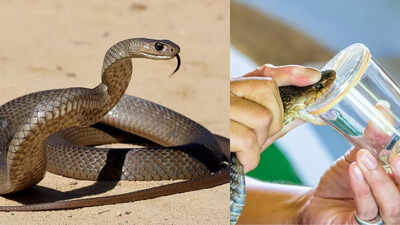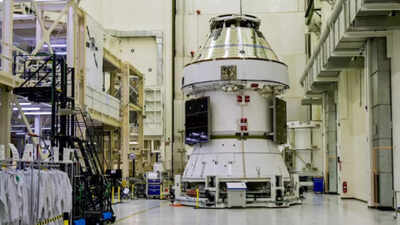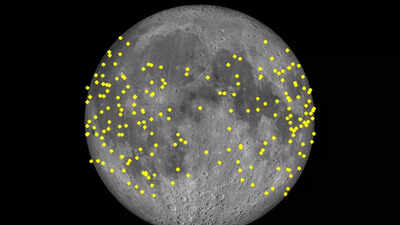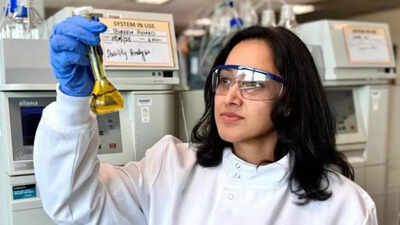could a deadly snake bite save lives? how experts harvest venom through snake milking to develop life-saving medicine |

Snake milking is frequently misunderstood, often perceived as a dangerous or cruel activity. In reality, it is a highly precise and carefully controlled scientific procedure. Trained herpetologists extract venom from snakes under strict safety protocols, ensuring both human and animal welfare. This venom is vital for producing antivenoms, which save thousands of lives each year, and also serves as a foundation for groundbreaking medical research. Beyond healthcare, snake milking demonstrates the delicate balance between handling potentially deadly creatures and harnessing their natural toxins for human benefit. Each extraction is performed with skill and precision, transforming a feared substance into a valuable medical resource while advancing our understanding of venom’s potential in treating diseases.
Understanding snake milking: The essential procedure behind antivenoms
Snake milking is the careful extraction of venom from snakes, performed under expert supervision. Far from being an act of cruelty, it requires meticulous handling and a deep understanding of snake behaviour. Experts, known as herpetologists, manipulate the snake in a controlled manner to stimulate the venom glands, ensuring both the safety of the handler and the wellbeing of the animal.The venom collected during this process is not simply disposed of; it is preserved and later used in laboratories for research or in the production of antivenoms. This delicate procedure ensures that a potentially lethal substance can be safely converted into a life-saving resource.According to the study published in ScienceDirect, snake venom, long feared for its toxicity, is showing promising potential as a source of novel antiviral agents. The research highlights how compounds derived from venom can act against various virus classes, revealing mechanisms that could inform the development of new therapeutic strategies. These findings suggest that venom-derived molecules may play a key role in future antiviral treatments, turning a traditionally dangerous natural substance into a valuable resource for medicine.
Harvesting snake venom: Turning toxicity into medical innovation
During snake milking, the herpetologist carefully encourages the snake to release venom into a sterile collection tube. The amount of venom obtained can vary depending on factors such as the species of the snake, its age, size, and overall health.Once extracted, the venom is typically preserved through freezing or refrigeration. This preservation maintains the venom’s potency, allowing it to be used for further study or in antivenom production. This process turns a dangerous natural toxin into a critical component of medical science.Although venom is inherently toxic, it has significant medical potential. Researchers study the complex mix of proteins and enzymes in snake venom to develop treatments for conditions such as blood clotting disorders, nerve injuries, and certain forms of cancer. Each drop of venom holds unique compounds that can be harnessed to improve human health, demonstrating the remarkable duality of this natural substance: lethal in the wild, life-saving in the laboratory.
How professionals collect snake venom safely in laboratories
Snake milking is performed exclusively by trained herpetologists and venom scientists. These professionals have extensive experience in handling highly dangerous snakes and adhere to strict safety protocols. Their work is a combination of scientific skill, dexterity, and caution, ensuring that both the snakes and humans remain unharmed throughout the extraction process.The expertise of these scientists is vital not only for the safe handling of venomous snakes but also for ensuring that the venom collected is of high quality and suitable for research or antivenom production.Venom extraction takes place in specialised laboratories, zoological centres, and research facilities designed for working with dangerous animals. These controlled environments minimise the risk of accidents and allow scientists to work efficiently with venomous snakes.The controlled conditions bridge the gap between the natural danger posed by snakes and the development of life-saving medical solutions. They ensure that the venom is collected ethically, safely, and scientifically, making it possible to study its potential benefits without endangering humans or animals.
Transformative power of snake venom
From a fearsome weapon in nature, snake venom becomes a vital medical resource. The practice of snake milking highlights the extraordinary ability of science to convert a natural hazard into a tool for human health. While the procedure is inherently risky, it represents the pinnacle of skill, precision, and scientific innovation.In the hands of experts, a drop of venom can save lives, contributing to treatments for deadly snake bites and pioneering therapies for complex medical conditions. Snake milking is more than a scientific procedure; it is a bridge between fear and discovery, danger and healing.Also Read | The Moon suddenly lights up? Strange flashes and glows still puzzle scientists around the world






